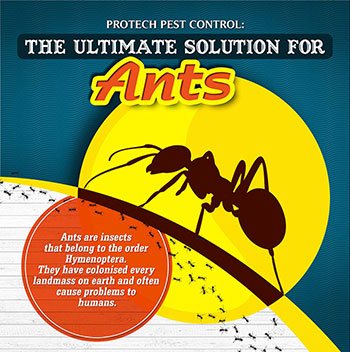Envision your attic as a cozy Airbnb for rats, with insulation as cosy as hotel pillows and electrical wiring extra tempting than space solution. Currently, envision these unwanted guests tossing a wild event in your home while you're away. As a house owner, guaranteeing your attic is rodent-proof is not practically peace of mind; it's about safeguarding your home and enjoyed ones. So, what straightforward actions can you require to guard your shelter from these fuzzy trespassers?
Inspect for Entrance Things
To start rodent-proofing your attic, examine for entrance points. Start by thoroughly checking out the outside of your home, searching for any openings that rats could utilize to get to your attic. Check for spaces around utility lines, vents, and pipes, in addition to any kind of splits or holes in the foundation or house siding. See to it to pay close attention to locations where various structure products meet, as these are common entry points for rodents.
In addition, evaluate the roofing for any type of damaged or missing shingles, as well as any voids around the sides where rodents can press via. Inside the attic, search for indications of existing rodent activity such as droppings, ate wires, or nesting materials. Use reliant pest control to extensively examine dark corners and surprise spaces.
Seal Cracks and Gaps
Inspect your attic room extensively for any type of cracks and gaps that need to be secured to prevent rodents from getting in. Rats can press with even the tiniest openings, so it's crucial to seal any type of potential entrance factors. Inspect around pipes, vents, cable televisions, and where the walls satisfy the roofing. Utilize a mix of steel wool and caulking to seal these openings effectively. click web page is an excellent deterrent as rats can't eat via it. Make certain that all spaces are tightly secured to refute accessibility to undesirable bugs.
Don't forget the importance of securing spaces around windows and doors too. Use weather condition stripping or door moves to seal these areas properly. Inspect the locations where utility lines get in the attic and secure them off utilizing an ideal sealant. By making the effort to secure all splits and spaces in your attic, you produce a barrier that rats will certainly find tough to breach. Avoidance is key in rodent-proofing your attic, so be detailed in your efforts to seal off any type of prospective entry points.
Get Rid Of Food Resources
Take proactive actions to get rid of or save all potential food resources in your attic room to prevent rodents from infesting the room. Rodents are brought in to food, so removing their food resources is important in maintaining them out of your attic room.
Below's what https://howtoremoveasnakefromatru73840.techionblog.com/32006683/analyzing-efficient-termite-monitoring-techniques-in-a-typical-structure can do:
1. ** Shop food securely **: Stay clear of leaving any food things in the attic room. Store all food in airtight containers made from metal or durable plastic to avoid rats from accessing them.
2. ** Clean up debris **: Get rid of any kind of stacks of debris, such as old newspapers, cardboard boxes, or wood scraps, that rodents could use as nesting material or food sources. Maintain the attic clutter-free to make it less attractive to rodents.
3. ** Dispose of trash appropriately **: If you utilize your attic room for storage space and have garbage or waste up there, make certain to deal with it consistently and effectively. Decaying garbage can draw in rodents, so keep the attic tidy and free of any type of natural waste.
Final thought
To conclude, keep in mind that an ounce of avoidance deserves a pound of cure when it involves rodent-proofing your attic room.
By making the effort to inspect for access factors, seal splits and voids, and get rid of food sources, you can keep unwanted parasites away.
Remember, 'An ounce of prevention deserves an extra pound of cure' - Benjamin Franklin.
Keep positive and safeguard your home from rodent invasions.
